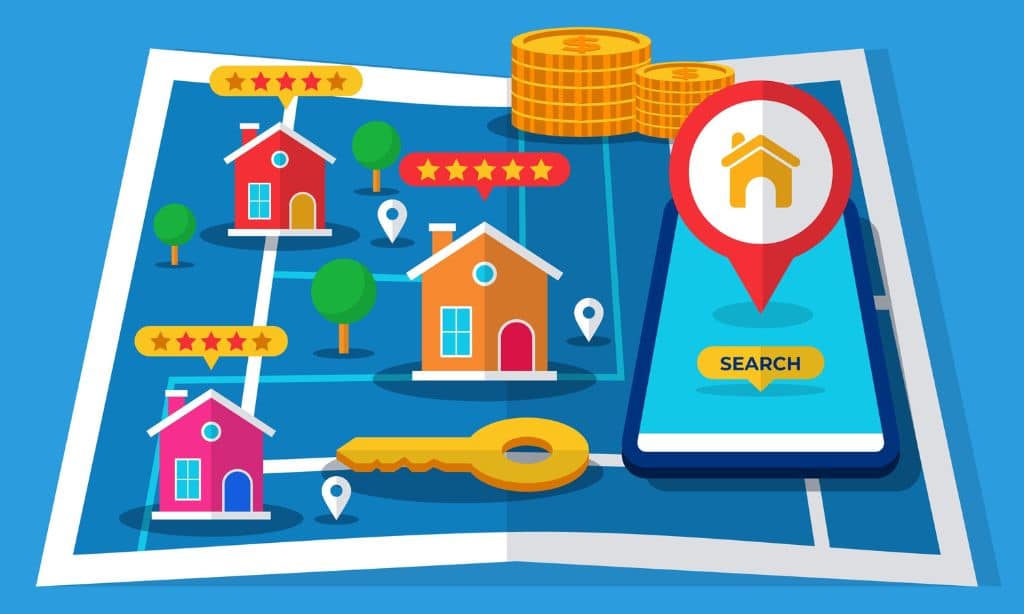Running a small business in a bustling city like Toronto is exciting but also comes with its challenges. From managing customer relationships to optimizing delivery routes, small businesses must constantly find ways to stay competitive and efficient. Business mapping is one powerful tool that can help.
Business mapping is more than just creating geographical representations of data; it’s about turning that data into actionable insights to make informed decisions.
By visualizing customer locations, sales territories, supply chain routes, and more, small businesses can uncover patterns and opportunities they might otherwise miss.
In this article, we’ll explore 10 impactful ways business mapping can transform your small business in Toronto, helping you stay ahead in the competitive landscape.
1. Understand Your Local Market Better
Toronto is a diverse and sprawling city, with each neighborhood presenting unique customer demographics, purchasing behaviors, and preferences.
Business mapping tools can analyze this information geographically, helping you identify which areas hold the most potential for your products or services.
By mapping customer data, such as age, income levels, and buying habits, you can pinpoint where to focus your marketing efforts. For instance, a restaurant might discover that their most loyal customers live in neighborhoods like Yorkville or Liberty Village, guiding decisions about promotions or new locations.
Benefits for Your Small Business
- Tailor marketing campaigns to specific areas.
- Identify underserved neighborhoods with growth potential.
- Better understand customer preferences and spending habits.
2. Optimize Delivery and Logistics
With Toronto’s heavy traffic and sprawling geography, managing deliveries can be a logistical nightmare. Business mapping allows you to optimize routes by analyzing traffic patterns, delivery destinations, and time windows.
For example, using route optimization tools, a bakery offering same-day delivery can minimize travel time and fuel costs while ensuring customers receive fresh products promptly.
Benefits for Your Small Business
- Save on fuel and delivery expenses.
- Improve customer satisfaction with faster, more reliable deliveries.
- Reduce wear and tear on delivery vehicles.
3. Enhance Sales Territory Management
If your small business has a sales team, mapping tools can help you assign territories more effectively. By visualizing customer locations and sales data, you can ensure that no area is under-served or oversaturated.
For instance, a small marketing agency could map out their clients across Toronto and assign specific neighborhoods, such as The Annex or Scarborough, to individual team members. This ensures equitable workload distribution and maximizes coverage.
Benefits for Your Small Business
- Prevent overlaps and inefficiencies in sales territories.
- Increase team productivity with clearer responsibilities.
- Identify high-potential areas for new sales efforts.
4. Analyze Competitor Presence
In a competitive city like Toronto, understanding where your competitors operate can give you a strategic advantage. Business mapping tools allow you to plot competitor locations alongside your own, helping you identify gaps in the market.
For example, a gym owner might discover that certain areas, such as Leslieville, are underserved by fitness centers, presenting an opportunity to open a new location.
Benefits for Your Small Business
- Avoid oversaturating areas with competitors.
- Discover untapped markets with minimal competition.
- Strategically position your business to attract more customers.
5. Improve Marketing Campaigns with Geotargeting
Geotargeting involves tailoring your marketing campaigns to specific geographic areas. By using business mapping to analyze customer locations, you can design campaigns that resonate with local audiences.
For instance, a Toronto-based clothing boutique could target Instagram ads to neighborhoods like Queen Street West, where fashion-conscious shoppers are concentrated.
Benefits for Your Small Business
- Increase ROI on marketing efforts by focusing on high-potential areas.
- Deliver personalized messages that appeal to specific communities.
- Gain a competitive edge by reaching the right audience at the right time.
6. Enhance Site Selection for New Locations
Expanding your small business to a new location is a big step, and business mapping can help you make it strategically. By analyzing factors like foot traffic, nearby competitors, and local demographics, you can choose locations with the highest growth potential.
For example, a coffee shop might use mapping data to find a busy intersection in Toronto with high pedestrian activity and few competing cafes nearby.
Benefits for Your Small Business
- Reduce the risk of choosing an unprofitable location.
- Ensure proximity to your target customer base.
- Maximize visibility and accessibility for your business.
7. Streamline Resource Allocation
From staffing to inventory, efficiently allocating resources is critical for small businesses. Business mapping tools can show you which locations or areas need more attention based on customer demand or sales trends.
For example, a florist in Toronto might notice higher demand for weekend deliveries in areas like Etobicoke and adjust staffing or inventory accordingly.
Benefits for Your Small Business
- Avoid overstaffing or understocking in specific areas.
- Respond proactively to changing customer demands.
- Maximize efficiency and profitability.
8. Strengthen Community Engagement
Toronto is known for its tight-knit communities and local pride. Business mapping can help you identify local events, organizations, and opportunities to connect with your audience on a deeper level.
For example, a bakery might partner with community events in neighborhoods like Kensington Market to boost visibility and brand loyalty.
Benefits for Your Small Business
- Build stronger relationships with local customers.
- Increase brand visibility through strategic community involvement.
- Position your business as a trusted, local favorite.
9. Monitor and Track Business Growth
Business mapping allows you to visualize growth over time by comparing sales data, customer locations, and other metrics. This helps you identify which strategies are working and where adjustments are needed.
For instance, a Toronto-based home cleaning service could use mapping to see which neighborhoods have the highest demand and allocate more resources to those areas.
Benefits for Your Small Business
- Identify trends and patterns in business performance.
- Make data-driven decisions to sustain growth.
- Adapt strategies to meet changing market demands.
10. Enhance Decision-Making with Data Visualization
Raw data can be overwhelming and difficult to interpret. Business mapping transforms complex information into visual representations, making it easier to spot opportunities, trends, and challenges.
For example, a small restaurant chain in Toronto could use mapping to visualize which locations generate the most revenue, helping them refine their menu and marketing strategies.
Benefits for Your Small Business
- Simplify complex data for better decision-making.
- Identify actionable insights quickly.
- Align business strategies with clear, visual evidence.
Takeaways
Business mapping is a game-changing tool for small businesses in Toronto, offering insights that drive smarter decisions and better outcomes.
From optimizing delivery routes to analyzing customer behavior, these 10 ways demonstrate the transformative power of mapping technology.
By leveraging these strategies, your business can achieve greater efficiency, connect with customers more effectively, and unlock new opportunities for growth. Start using business mapping today to stay ahead in Toronto’s competitive marketplace!












































